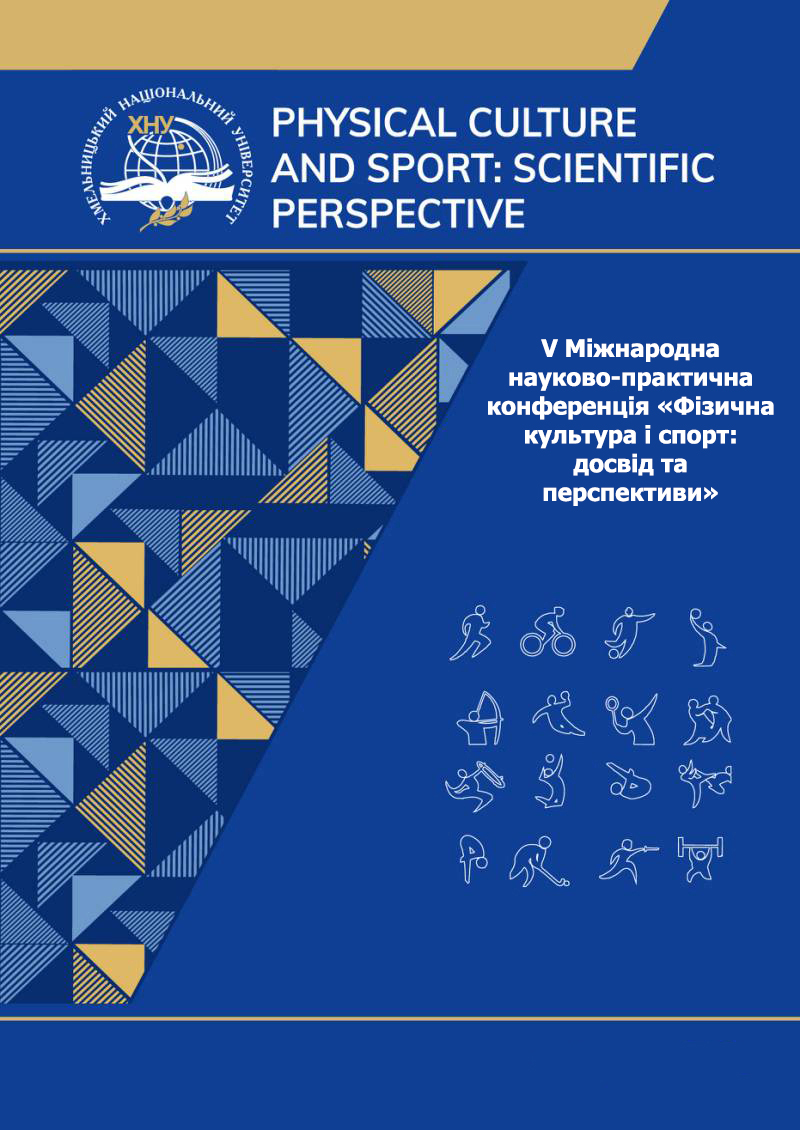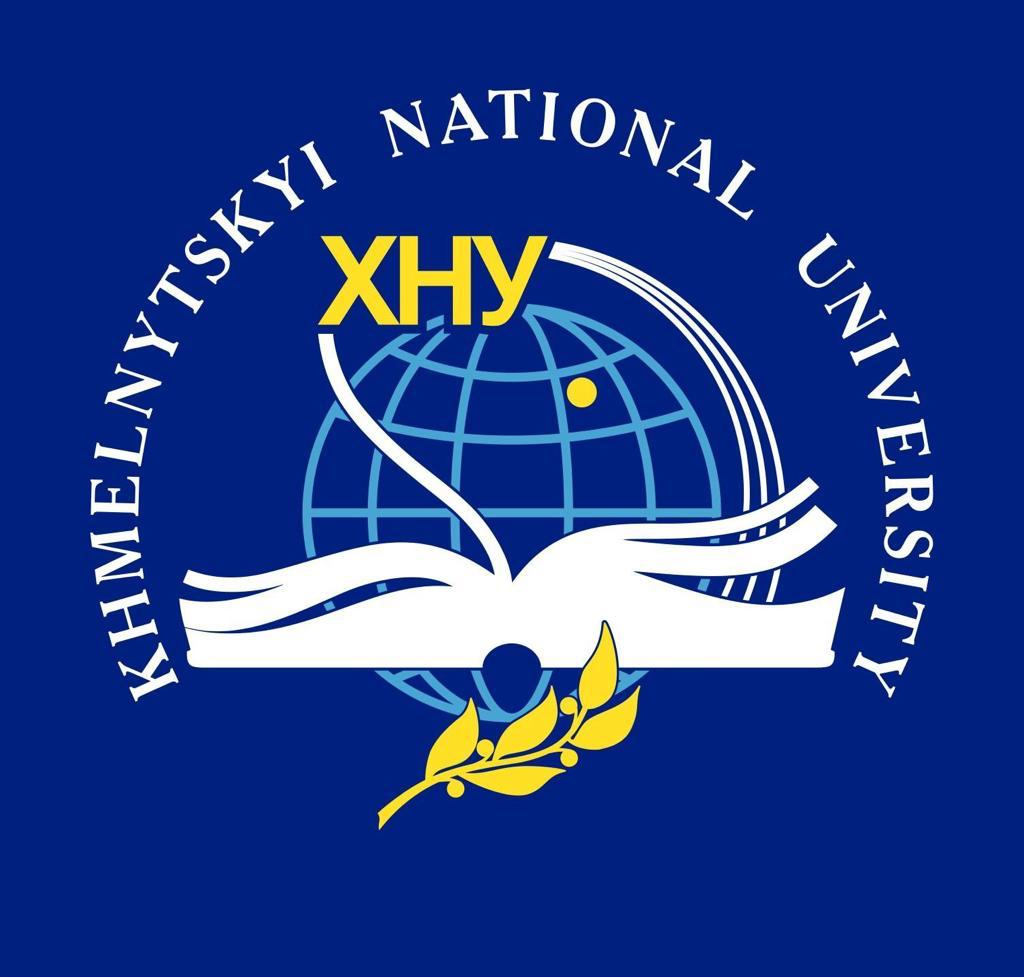FEATURES OF EFFECTIVE DEVELOPMENT OF JUMPING ABILITIES IN MODERN VOLLEYBALL
DOI:
https://doi.org/10.31891/pcs.2025.1(1).52Keywords:
jumping ability, volleyball, training process, plyometrics, coordination, testing, athletic performanceAbstract
Jumping ability is one of the key components of successful performance in modern volleyball, as a significant part of gameplay actions (attacks, blocking, serves) depends on an athlete’s ability to execute high and explosive jumps. The increasing intensity of the game and growing physical demands on players necessitate the improvement of training methodologies for developing jumping abilities. Recent studies indicate that traditional methods do not always consider the individual characteristics of athletes, their physical fitness levels, coordination abilities, and the specificity of training loads. This study highlights the need for a comprehensive approach to developing jumping ability, combining plyometric, strength, and coordination exercises. Special attention is given to the interrelation of jumping characteristics with such parameters as agility, reaction speed, and balance. The research also examines the effectiveness of various testing methodologies for jumping ability and their role in adjusting training programs. The proposed practical recommendations on using specialized exercises and test tasks allow for improving the efficiency of the training process, reducing the risk of injuries, and enhancing the players’ overall performance. The established test standards can be utilized to assess the training levels of athletes across different age groups. Considering the general principles of developing jumping abilities, achieving an optimal training effect requires: gradually increasing the intensity and volume of exercises; applying a comprehensive approach, including strength, coordination, and plyometric training; using variability in training – incorporating different methods and exercises helps prevent muscle adaptation to monotonous loads; implementing an individual approach – the training program should take into account the athlete's fitness level, biomechanical characteristics, and playing position on the volleyball court. Future research should focus on developing personalized training programs for players in different positions, as well as evaluating the long-term impact of various training approaches on the jumping abilities of volleyball players.
References
Gapotchenko, S. O., Hrynchenko, I. B., & Siryi, O. V. (2022). The methodology of coordination skills development and its impact on the effectiveness of competitive actions of young volleyball players aged 12-14. XV International Scientific Conference "Health-saving technologies, rehabilitation and physical therapy", 23-30.
Marchenko, S. I., & Dykhanova, A. I. (2019). Motor abilities: The impact of volleyball training on the coordination readiness of 15-year-old girls. Theory and Methods of Physical Education, 19(1), 23–28. https://doi.org/10.17309/tmfv.2019.1.03
Melnyk, A. (2025). Development of jumping ability in 13-14-year-old volleyball players using the circuit training method. Problems and Prospects for the Development of Sports Games and Martial Arts in Higher Education Institutions, 1, 126-128.
Sobko, I. M., & Martynenko, V. H. (2025). The use of different-height hurdles for the development of jumping ability in volleyball. Problems and Prospects for the Development of Sports Games and Martial Arts in Higher Education Institutions, 111-114.
Backler, M. D., Boen, F., Ceux, T., De Cuyper, B., Hoigart, R., Callens, F., Fransen, K., & Broek, G. V. (2021). Do perceived justice and need support of the coach predict team identification and cohesion? Testing their relative importance among top volleyball and handball players in Belgium and Norway. Psychology of Sport and Exercise, 12(2), 192-201. http://dx.doi.org/10.1016/j.psychsport.2010.09.009
Biger, M. (2021). The effect of an eight-week strength training program supported with functional sports equipment on male volleyball players’ anaerobic and aerobic power. Science & Sports, 36(2), 137.1-137.e9. http://dx.doi.org/10.1016/j.scispo.2020.02.006
Bruner, M. W., McLaren, C. D., Mertens, N., Steffens, N. K., Boen, F., McKenzie, L., Haslam, S. A., & Fransen, K. (2022). Identity leadership and social identification within sport teams over a season: A social network analysis. Psychology of Sport and Exercise, 59, 102106. http://dx.doi.org/10.1016/j.psychsport.2021.102106
Caputo, E. L., Rombaldi, A. J., Harmer, A. R., & Silva, M. C. (2019). Is low frequency and volume sports training beneficial to bone density in female adolescents? Science & Sports, 35(1), 1-46. http://dx.doi.org/10.1016/j.scispo.2019.03.007
Jarilkapov, U. B., Qaljanov, R. P., & Tolibaeva, D. K. (2024). Development of jumping ability in volleyball players by means weightlifting strength exercises. International Journal of Pedagogics, 4(1), 74-80. https://doi.org/10.37547/ijp/Volume04Issue01-14
Kucikkubas, N., & Korkusuz, F. (2019). What happens to bone mineral density, strength and body composition of ex-elite female volleyball players: A cross sectional study. Science & Sports, 34(4), e259-e269. http://dx.doi.org/10.1016/j.scispo.2018.11.006
Maffulli, N., Chan, K., Malina, R., & Parker, T. (2021). Sports Medicine for Specific Ages and Abilities. Churchill Livingstone.
Magee, D., Manske, R., Zachazewski, J., & Quillen. (2010). Athletic and Sport Issues in Musculoskeletal Rehabilitation. Saunders.
Martiri, A., & Lleshi, E. (2024). Volleyball training and practice: Vertical jump and agility tests. SPORT TK, 13, Article 21. https://revistas.um.es/sportk/article/download/548591/357401/2266871
Lath, F., Koopnann, T., Faber, I., Baker, J., & Schoner, J. (2021). Focusing on the coach’s eye; towards a working model of coach decision-making in talent selection. Psychology of Sport and Exercise, 56, 102011. http://dx.doi.org/10.1016/j.psychsport.2021.102011
Schlappi-Lienhard, O., & Hossner, E.-J. (2015). Decision making in beach volleyball defense: Crucial factors derived from interviews with top-level experts. Psychology of Sport and Exercise, 16(1), 60-73. http://dx.doi.org/10.1016/j.psychsport.2014.07.005
Downloads
Published
How to Cite
Issue
Section
License
Copyright (c) 2025 Андрій МОЛДОВАН

This work is licensed under a Creative Commons Attribution 4.0 International License.





